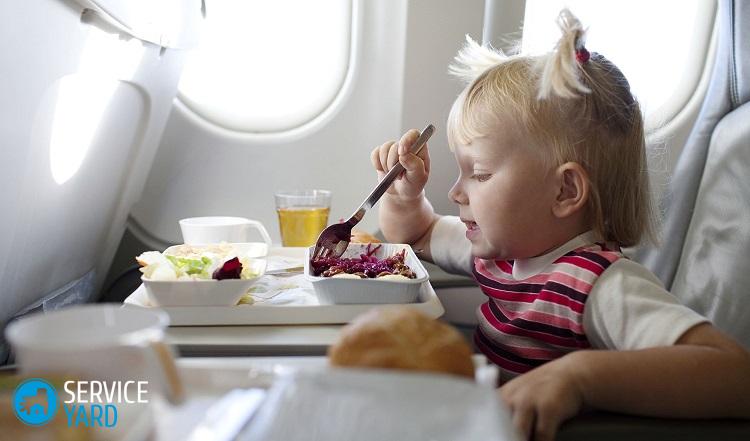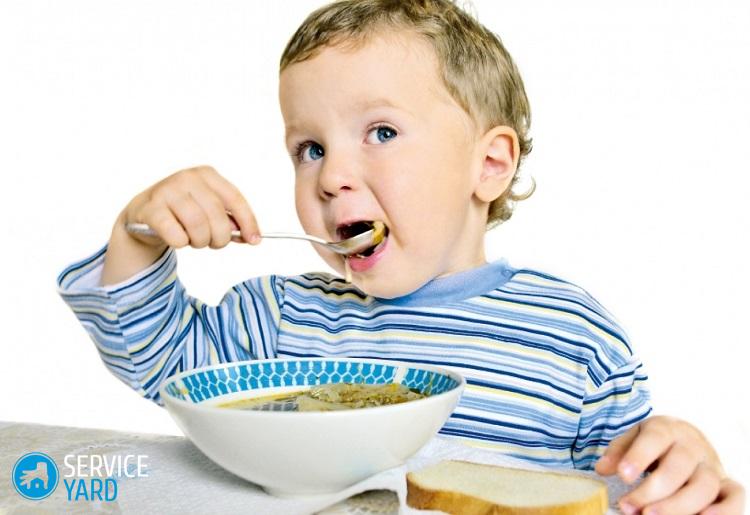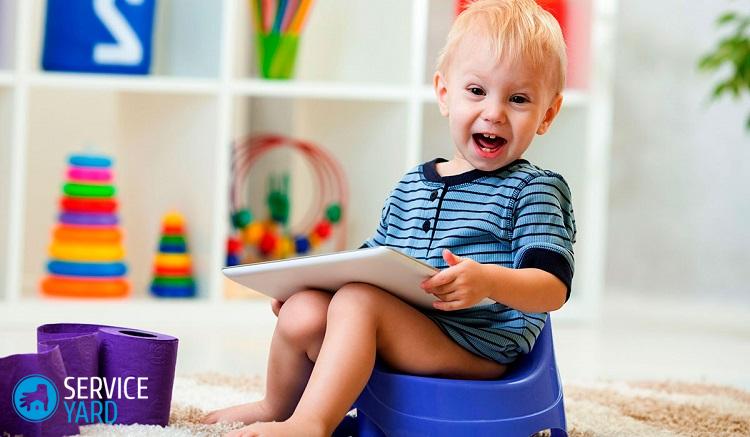Causes of vomiting in a child and treatment

At any age, the child may experience vomiting, and parents should be prepared for this problem. At the same time, such unpleasant sensations as a taste in the mouth of acid or bile, sore throat, unpleasant odor occur. This condition can be triggered by a variety of reasons. Consider the most common causes of vomiting in a child and treatment, as well as how to provide first aid, prevention methods.
to contents ↑Causes
The main cause of vomiting in infants is the formation of digestion.
Important! Do not confuse vomiting with regurgitation.
In older children, such an unpleasant reflex can be caused by various diseases and external factors. Vomiting is a protective reaction of an organism to an irritant and an attempt to get rid of substances poisoning the body.
Consider the most popular causes of vomiting in children.
Food:
- The use of substandard products.
- Overeating, eating a huge amount of fatty foods, force-feeding.
- Aversion to food.
- Drug Poisoning.
Disease
Gastrointestinal problems:
- Salmonellosis, dysentery.
- Gastritis.
- Acute abdominal syndrome.
- Intestinal flu.
- Dysbacteriosis
- Diverticulum, stenosis, achalasia, hernia, pyloric stenosis, pylorospasm in newborns.
Craniocerebral:
- Dizziness.
- Migraine.
- Meningitis.
- Concussion.
- Syndrome of the posterior cranial fossa.
- Head injury.
Other diseases:
- High fever can cause vomiting in children.
- Allergy.
- Rotovirus.
- Coughing.
- Appendicitis.
- Anicteric hepatitis.
- Metabolic disease.
- Renal failure.
- SARS.
- Heart failure.
- Diabetes.
- Epilepsy.
- Purulent otitis media.
External factors:
- Stress, fear, excitement.
- Motion sickness in transport.
- Sunstroke.
- Fright, low humidity in the room, stuffy air.
Important! Sometimes children vomit when teething.
Vomiting in children has a huge number of reasons, and medical diagnosis is best for identifying them.
to contents ↑Kinds
Depending on the nature of the vomit and related diseases, there are such types of vomiting in children:
- Hepatogenic.
- Cyclic ketonemic.
- Diabetic
- Renal.
- Abdominal
- Cardinal.
- Psychogenic.
- Cerebral
- Bloody
Very often, children are diagnosed with acetonemic vomiting - this is a pathological condition when the concentration of ketone bodies in the blood plasma rises. It manifests itself in periodic attacks, which alternate with a satisfactory physical condition. It happens primary - due to an improper diet, and secondary - develops against a background of somatic, infectious and endocrine diseases, as well as damage to the central nervous system.
Correctly determine the type and make the correct diagnosis can only a qualified specialist.
to contents ↑Important! A small human body is very susceptible to various adverse factors during the formation of immunity. Therefore, parents often have to deal with various obscure phenomena. Bookmark also our other reviews, information from which can be useful to you at any time:
Clinical manifestation
Vomiting is very rare in children without symptoms. Basically, it is accompanied by some deviations in the condition of the child. They will help to recognize the disease that caused this disaster.
Important! Before the doctors arrive, parents should observe what else vomiting is accompanied by.
No temperature
Vomiting in children without fever is a symptom of some kind of pathology that struck a small organism. These include:
- Pathology of metabolic processes.
- Gastrointestinal disease - manifested by abdominal pain and vomiting with diarrhea.
- Intoxication of the body - food poisoning or reaction to drugs.
- Problems with the nervous system.
Important! Frequent vomiting without fever in the morning indicates problems with the central nervous system, and at night or in the evening - with the stomach.
With temperature
Vomiting with temperature is a great danger. This indicates the presence of an infectious infection or inflammatory reaction in a small body. It is necessary to eliminate them as soon as possible so that the matter does not come to complications. Calling a doctor and the accuracy of his prescriptions is the main task of parents.
It is also necessary to track the moment that appeared earlier:
- If it was a fever, then it could provoke nausea and vomiting.
- If these two symptoms appeared simultaneously - this indicates an intestinal infection.
- If the temperature appears after - it can be like a common cold, and meningitis.
Other symptoms:
- Vomiting and stomach ache is an infection or food poisoning.
- Vomiting of bile is a symptom of viral hepatitis, cholecystitis, gallstone disease and intestinal infection.
- Vomiting and severe headache in the morning is a sign of concussion.
- With blood - possible ulcers, injuries of the stomach and esophagus.
- Vomiting with mucus is a manifestation of food poisoning.
- Vomiting of water is possible with starvation and colds.
- Foam vomiting is one of the most dangerous symptoms, requires immediate hospitalization, and may be a consequence of diabetes, acute intestinal infection, hepatitis, meningitis, cancer, myocardial infarction.
Color:
- Yellow - appendicitis, food poisoning, intestinal infection.
- Red - damage to the gastrointestinal mucosa or esophagus, gastric bleeding.
- Green - stress or a large amount of greens in the diet.
- Black - chemotherapy or abuse of activated carbon.
Important! Sometimes vomiting in children can occur without concomitant symptoms. If it was once, then do not worry much, as it may just be a reaction of a small organism to some external factor or product. If it is repeated during the day for several days - consult a doctor, and before his arrival, provide first aid to the patient.
Reasons for concern and a reason to call a doctor:
- Elevated body temperature.
- Profuse diarrhea and severe abdominal pain.
- Loss of consciousness, lethargy, pallor of the skin, cold sweat.
- A child under the age of one year.
- Incessant vomiting.
First aid
Each parent should know how first aid is provided for vomiting in children until the doctor arrives. It is she who in 90% of cases makes it possible to avoid unpleasant consequences and facilitates the condition of a sick child.
First aid consists in the following actions:
- Lay the baby in bed and turn his head to the side.
- Keep your breasts on your hands horizontally on your side.
- Do not eat anything.
- At temperatures above 38 degrees, give an antipyretic.
- During an attack - seat and tilt your body slightly forward so that vomit does not enter the lungs.
- Rinse your mouth with cool, clear water after each attack.
- Do not scream, do not panic. Act calmly, decisively and quickly.
- Give your child a few sips of water or glucose-saline after the attack.
If your child has vomiting without fever and diarrhea, be alert. Use the instructions above and monitor the status. If it worsens, call a qualified doctor.
to contents ↑Important! When vomiting categorically prohibited solutions of alcohol and potassium permanganate.
Diagnostics
Most often, the diagnosis does not cause difficulties, because the cause is identified by the symptoms that accompany seizures. If it was not possible to immediately establish the cause, then a thorough study is necessary.
Analysis of all information
The doctor asks parents such questions:
- When did the symptoms appear and how often do they recur.
- Is it easier after vomiting?
- Is there a connection with the food that the child was taking.
- The volume of vomit and the presence of impurities in them.
- What the child was sick with over the past two weeks
- What were the previous infections.
- Do parents suspect food poisoning.
Inspection
The doctor determines:
- Temperature.
- The presence of seizures and rash.
- Symptoms of poisoning.
- Pulse, respiratory rate, reflexes.
- The degree of dehydration.
- The presence of symptoms that may indicate a disease of the digestive system.
- The study of vomit and feces.
Laboratory methods:
- General blood analysis.
- Analysis of urine.
Instrumental methods:
- Ultrasound of the brain.
- Ultrasound of the peritoneum.
- Fibrogastroduodenoscopy.
- X-ray of the abdominal cavity.
Additional examinations and consultations with various specialists depend on the diseases that the specialists suspect in the child.
to contents ↑Treatment
Treatment for vomiting is prescribed in two directions. The first is the appointment of temporary drugs that relieve symptoms and stop an unpleasant reflex. The second is the treatment of the disease that caused this condition.
Drug treatment:
- Glucose-salt solutions - Regidron, Gastrolit, Citroglucosolan, Oralit and others.
- Vomiting drugs - Smecta, Enterofuril, Cerucal, Domperidone, Primadofilus, Motilium, No-spasm.
- Homeopathy - Aituza, Bryonia, Antimonium Crudum, Nux vomica.
- To restore the work of the stomach - Lactofiltrum, Tsipol, Bifikol, Bifiform, Bifilin, Enterol, Hilak forte, Lineks, Lactobacterin, Bifidumbacterin, Mezim.
- Sorbents - Enterosgel, Polysorb, Polyphepan, Activated Carbon.
- Intravenous or intramuscular antispasmodics - Tserukal, No-Shpa, Atropine.
- In case of poisoning, gastric lavage is performed.
Important! If intestinal obstruction, tumors, stenosis are detected, surgical intervention is necessary.
Folk remedies
The maximum effect and minimum harm are possessed by such folk remedies:
- Dill seeds. To prepare a decoction, pour 1 tsp. seed a glass of hot water and boil for about 5 minutes over medium heat. After - cool, give once every 2 hours, 20-50 ml.
- Ginger decoction. Grind ginger, pour 2 tbsp. l a glass of boiling water, then cook for 15 minutes over low heat. Strain and give chilled 50 ml once every 2 hours.
- Peppermint tincture. Take 20 g of peppermint and pour a glass of boiling water. Leave it under the closed lid for 30 minutes. Give every 3 hours for 20 ml.
- Horsetail tincture. Pour half a liter of boiled water 2 tbsp. l horsetail. After an hour, strain and let's drink in small sips, but often.
Diet
Parents should know how and what to feed the child after vomiting:
- You can give food only 5 hours after the last attack.
- Eating in small portions, but every 3 hours.
- Light and fortified foods.
- Do not force to eat by force.
- Reduce dietary fats to a minimum in the first three days.
Allowed Products:
- Strong, sweet tea.
- Veal souffle.
- Rice and buckwheat porridge.
- White crackers.
- Vegetable broth.
- Low-fat kefir.
- Zoological cookies.
to contents ↑Important! Do not neglect medications and use folk remedies as little as possible without the permission of a doctor.
Possible complications
If the child does not stop vomiting, this can lead to very dangerous consequences:
- With dehydration, a fatal outcome is possible.
- Frequent and profuse vomiting can lead to injuries of the stomach, pharynx and rupture of the mucous membrane of the esophagus.
- Vomiting in the lungs can lead to aspiration pneumonia.
Prevention
Prevention of vomiting and children consists of the following measures:
- Treatment and prevention of any disease.
- Good nutrition.
- Isolation of patients with an infectious disease.
- Immunoprotective prophylaxis.
- Competent child care.
- Compliance with hygiene standards.
- To give medicines to the child only after the appointment of a doctor.
- Creating a psychological atmosphere.
Stock footage
We examined the main causes of vomiting in a child and its treatment. In all cases, complex therapy and a visit to a doctor are mandatory, since home self-medication can turn out to be very expensive.



























